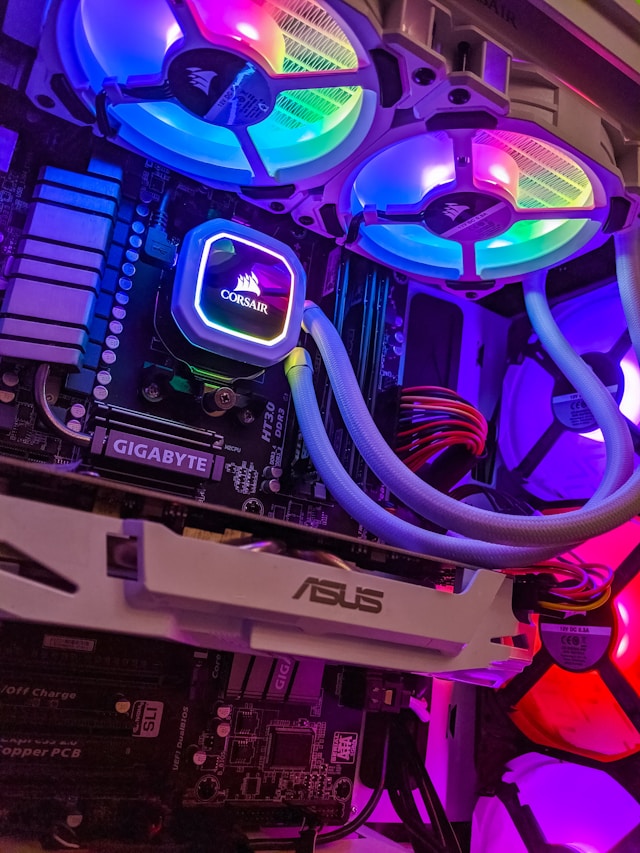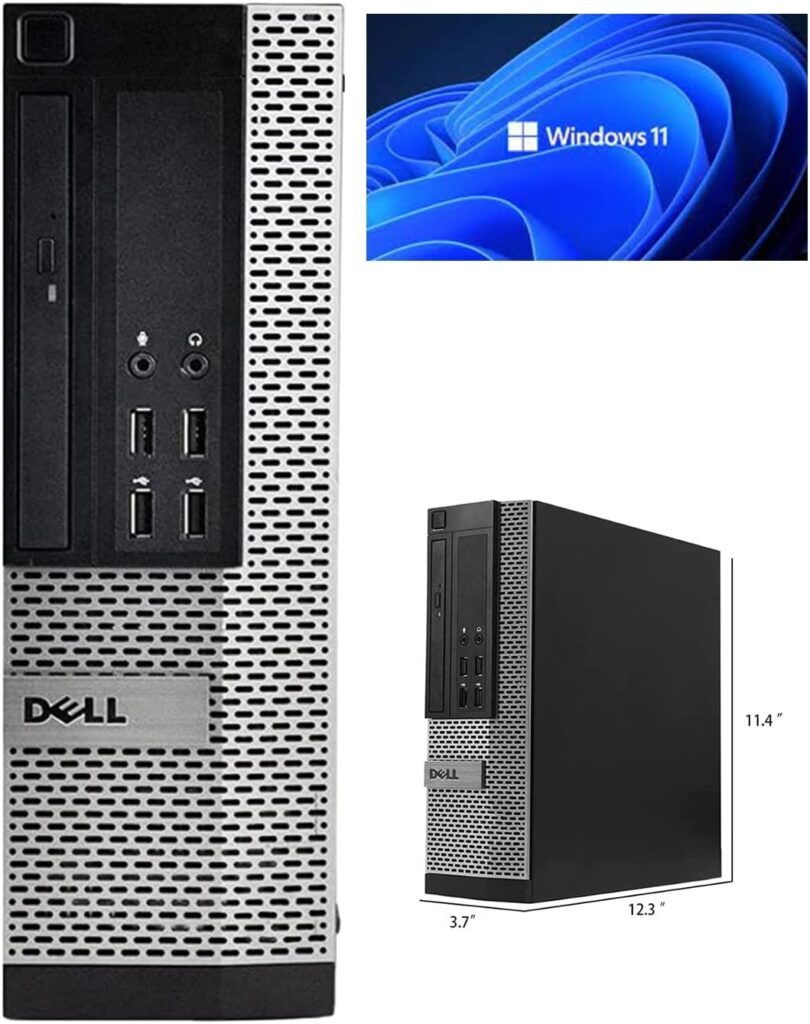So, you’ve got that old PC that you like, and you want to try Windows 11 on it—even though it’s technically unsupported. No worries! This guide is here to walk you through some clever workarounds and methods to make it happen. From tweaking BIOS settings to creating custom installation media, you’ll discover that with a bit of patience and the right steps, you can breathe new life into your trusty machine with Microsoft’s latest OS. Have you ever thought about installing Windows 11 on your old, unsupported PC but didn’t know where to start? You’re not alone. A lot of people are enthusiastic about experiencing the new features and sleek interface of Windows 11, but their hardware simply doesn’t meet the rigorous requirements. The good news is, you don’t necessarily need a new computer to join the Windows 11 party. With a few tweaks and some patience, you can make it happen. Buckle up, and let’s dive right in!
What You Need to Know Before You Start
Embarking on the journey to install Windows 11 on an unsupported device isn’t for the faint of heart. Make sure you understand the risks and have a backup plan.
Understanding the Risks
Installing Windows 11 on unsupported hardware can lead to performance issues, lack of updates, and potential system instability. Always be prepared for things to go south.
Why Does Microsoft Have Hardware Requirements?
Microsoft’s hardware requirements for Windows 11 are intended to ensure a smooth and secure user experience. Older devices might lack necessary hardware features like TPM 2.0 or secure boot, which are key to the enhanced security protocols in Windows 11.
Backup, Backup, Backup!
Before proceeding, make sure you back up any important data. Use an external hard drive, cloud storage, or another reliable backup method to ensure your files are safe.
Checking Your PC’s Compatibility
Before diving in, let’s confirm whether your PC is indeed unsupported by Windows 11. You’ll need to check a few key specs.
Minimum System Requirements for Windows 11
Here’s a quick look at the basic requirements:
| Component | Minimum Requirement |
|---|---|
| CPU | 1 GHz or faster, 2 or more cores on a compatible 64-bit processor |
| RAM | 4 GB or more |
| Storage | 64 GB or more |
| Firmware | UEFI, Secure Boot capable |
| TPM | TPM version 2.0 |
| Graphics card | DirectX 12 compatible with WDDM 2.0 driver |
| Display | >9” with HD Resolution (720p) |
| Internet connection | Necessary for updates and some features |
How to Check Your PC’s Specs
You can check these details by:
- Pressing
Windows + Rto open the Run dialog. - Typing
dxdiagand pressing Enter. - Reviewing the displayed system information, especially the CPU, RAM, and storage.
Alternatively, you can can right click the Start button on any version of Windows, and click System for a general overview of the specification or click Device Manager for detailed information of your hardware.

Getting Ready for Installation
Once you’ve confirmed your PC doesn’t meet the requirements, let’s prepare for the installation process. Gather the necessary tools and clean up your system for a smoother experience.
Tools You’ll Need
For this installation, you’ll need the following:
- A USB drive with at least 8 GB of storage
- A copy of the Windows 11 ISO
- Rufus (a tool to create bootable USB drives)
Freeing Up Space
Clear some space on your hard drive. You’ll need at least 64 GB, but more is always better. Go through old files and programs you no longer use to make space.
Updating Your BIOS/UEFI
Sometimes, all you need is a BIOS or UEFI update to make your PC compatible with certain new features. Check your motherboard manufacturer’s website for updates and instructions.
Downloading Windows 11
You can’t install Windows 11 without the installation media. Here’s how to get it.
Obtaining the Windows 11 ISO
Head over to the Microsoft website and download the Windows 11 ISO. Make sure to pick the correct version. Save it in an easily accessible location.
Creating a Bootable USB Drive
A bootable USB drive will be your installation media. You’ll use this to install Windows 11 on your unsupported PC.
The Magic of Rufus
Download and install Rufus from its official website. Here are the steps to create your bootable drive:
- Open Rufus.
- Insert your USB drive.
- Select the Windows 11 ISO you downloaded.
- Configure Rufus settings (e.g., partition scheme to GPT, filesystem to NTFS).
- Click Start and wait for Rufus to create your bootable USB drive.

Tweaking the Windows 11 Installation
Since your PC is unsupported, you’ll need to adjust some settings to trick the installation process.
Bypassing TPM 2.0 and Secure Boot
You can modify the Windows Registry to bypass TPM 2.0 and Secure Boot checks. Here’s how:
- Boot from your USB drive.
- When you get to the installation screen, press
Shift + F10to open Command Prompt. - Type
regeditand press Enter to open the Registry Editor. - Navigate to
HKEY_LOCAL_MACHINE\SYSTEM\Setup. - Right-click on
Setup, select New > Key, and name itLabConfig. - Right-click on
LabConfig, select New > DWORD (32-bit) Value, and create two entries:BypassTPMCheckand set its value to1.BypassSecureBootCheckand set its value to1.
Adjusting the Installation Process
By default, Windows 11 installer will attempt to verify system requirements. You can trick it into overlooking these requirements:
- Use Rufus settings to disable TPM and Secure Boot checks.
Starting the Installation
Now that you’ve prepped the USB drive and made your tweaks, it’s time to install Windows 11.
- Restart your PC and boot from the USB drive.
- Follow the on-screen prompts to install Windows 11.
Once installed, you’ll go through the initial setup process to configure your user account and other settings.

Post-Installation Steps
You’re not done just yet! Tune your system for peak performance and make sure everything is running smoothly.
Installing Drivers
After installing Windows 11, ensure you install all the necessary drivers for your hardware components. Head to your hardware manufacturer’s website for the latest drivers.
Windows Updates
Although you might be running Windows 11 on unsupported hardware, Microsoft might still provide critical updates. Keep your system up-to-date by regularly checking for updates.
Error Troubleshooting
If you encounter errors, remember that your hardware isn’t officially supported. However, forums and online communities can be invaluable resources.
Enhancing Your Windows 11 Experience
Now that Windows 11 is up and running, let’s make the most out of it with some cool tweaks and features.
Customizing the Start Menu
Windows 11 has a snazzy new Start Menu. Customize it by pinning your favorite apps and adjusting the layout to suit your needs.
Using Virtual Desktops
Windows 11 enhances virtual desktops, making it easier to organize your work and personal life. Experiment with creating multiple desktops for different tasks.
Exploring New Features
Get acquainted with new features like Widgets, Snap Layouts, and the revamped Microsoft Store. These tools can significantly improve your productivity and overall computing experience.
Performance Tweaks
Make performance improvements by:
- Disabling unnecessary startup programs.
- Adjusting power settings for better performance.
- Regularly cleaning your system using built-in tools like Disk Cleanup.
Staying Safe and Secure
Running Windows 11 on unsupported hardware might expose you to security risks. Here’s how to mitigate them.
Using Antivirus Software
Regardless of your system’s compatibility, antivirus software is essential. Pick a reputable one that offers real-time protection and regularly scan your system.
Regular Backups
Regularly back up your data. Use a combination of cloud services and external drives to ensure redundancy.
Monitoring System Health
Keep an eye on system performance and be vigilant about any anomalies, which could indicate underlying issues.
In Summary
Installing Windows 11 on an unsupported PC is an adventure filled with risks and rewards. By understanding the process and taking the right precautions, you can enjoy the new OS without shelling out for new hardware. Whether you’re drawn by the sleek interface, new features, or simply for the challenge, you’re now equipped with the knowledge to venture forth.
Remember, always back up your data, prepare for hiccups, and make the most out of your “unsupported” Windows 11 experience. Who knows? You might even inspire others in the same boat. Happy installing!



